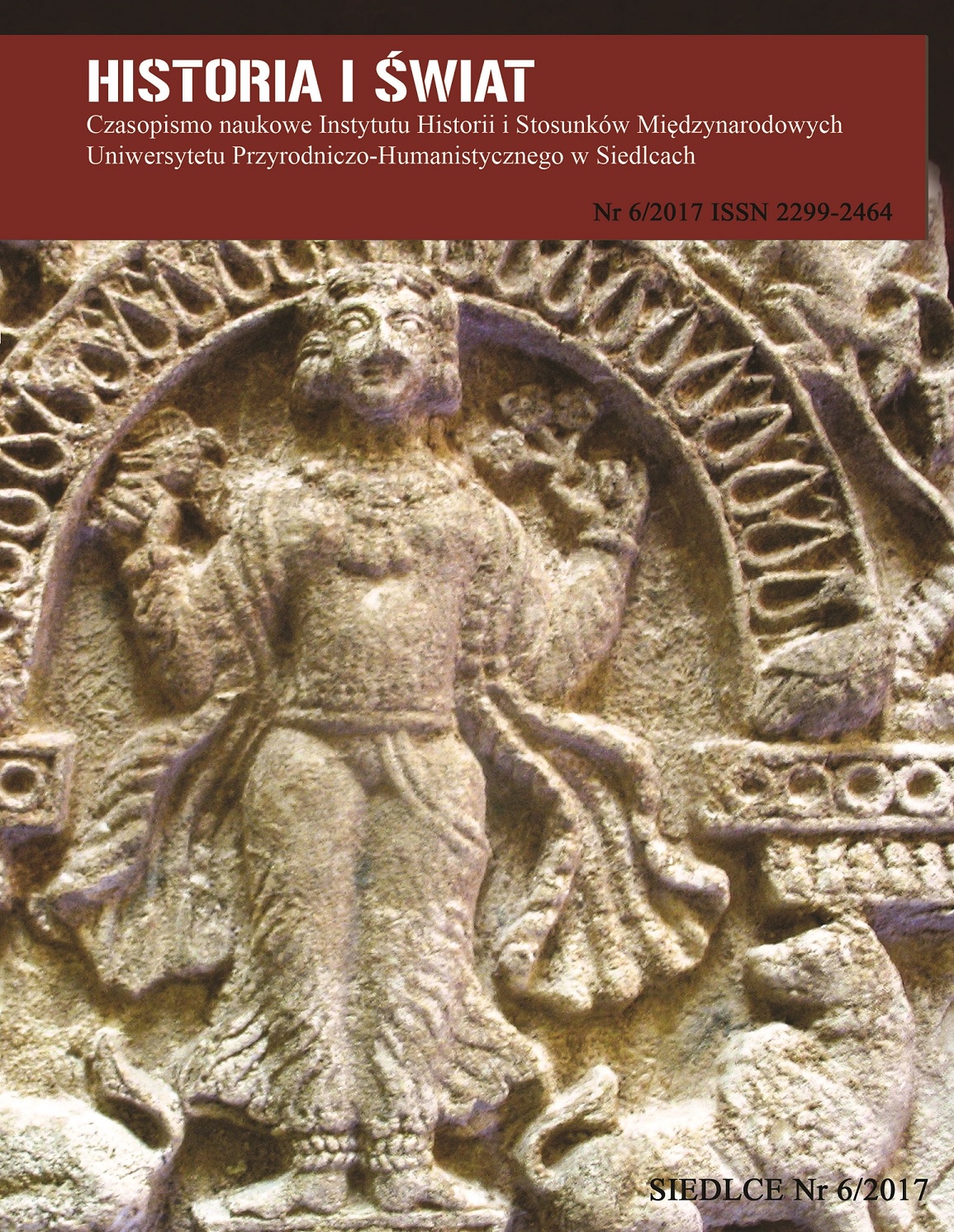An Analytical Approach to Investigate the Parthians Painted Stuccoes from Qal‘eh-i Yazdigird, Western Iran
An Analytical Approach to Investigate the Parthians Painted Stuccoes from Qal‘eh-i Yazdigird, Western Iran
Author(s): Mozhgan KHANMORADI, Kamal Aldin NiknamiSubject(s): History, Archaeology, Cultural history, Ancient World
Published by: Instytut Historii UwS
Keywords: Parthian Iran; Qal‘eh-i Yazdigirdl Painted Stuccoes; pigmen; Egyptian blue
Summary/Abstract: The use of stucco decoration on buildings has become popular in Iran from the first century but from the second century onwards stucco decorations were painted in bright colors. An important group of the Parthians Painted Stuccoes excavated in the 1965-79 and 2008 in Qal‘eh-i Yazdigird. The use of stucco decoration on buildings has become popular in Iran from the first century but from the second century onwards stucco decorations were painted in bright colors. An important group of the Parthians Painted Stuccoes excavated in the 1965-79 and 2008 in Qal‘eh-i Yazdigird. Qal'eh-i Yazdigird is a Parthian Palace Stronghold in the Zagros range of mountains in western Iran. At Qal'eh-i Yazdigird the decoration includes geometric, figural, vegetal and architectural motifs. Much of the stucco decorations were vividly painted. Some of the fragments are Polychrome. These colors consist of green, deep blues, pink, deep reds, orange, brown, purple and yellow. These were analyzed for the first time within in 2013 in Iran. The pigments red ochre and yellow ochre (identified by the presence of the main chromophores hematite and goethite), Egyptian blue and green earth (terre-verte glauconite) were found on decorated surfaces. FTIR, X-ray diffraction (XRD) and Petrography methods have been used to study the characterize pigments used in the stucco decoration.
Journal: Historia i Świat
- Issue Year: 2017
- Issue No: 6
- Page Range: 21-32
- Page Count: 12
- Language: English

